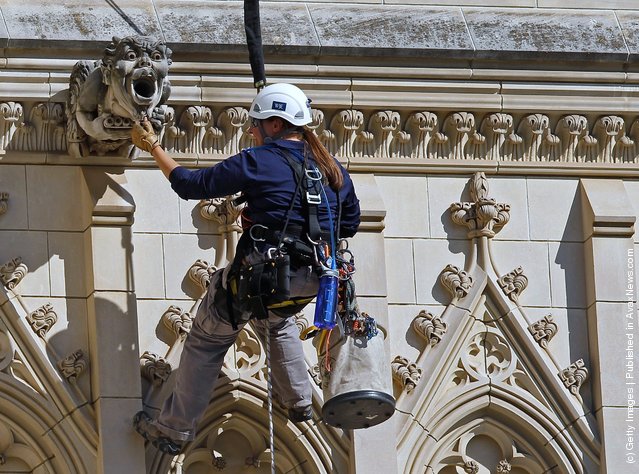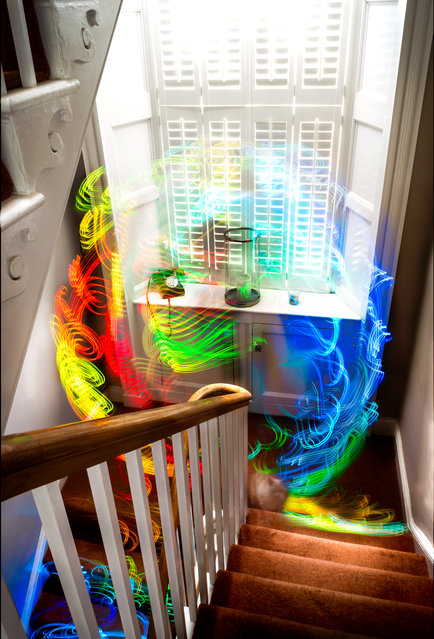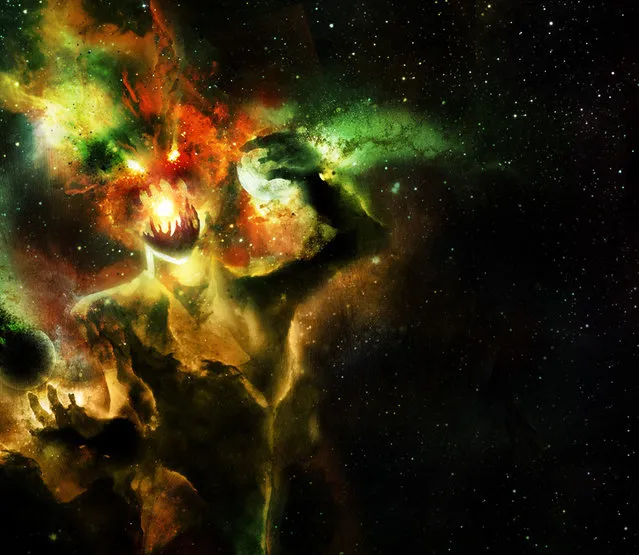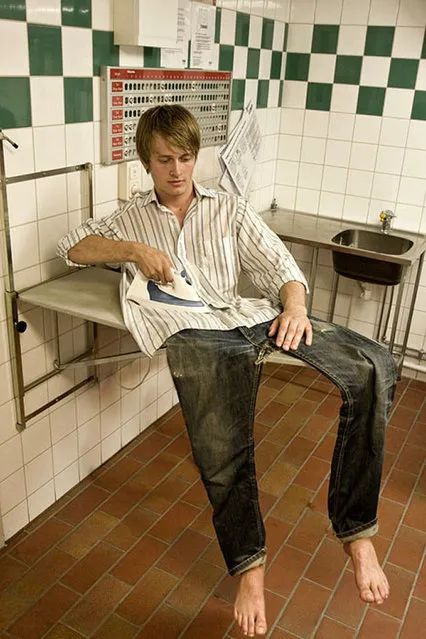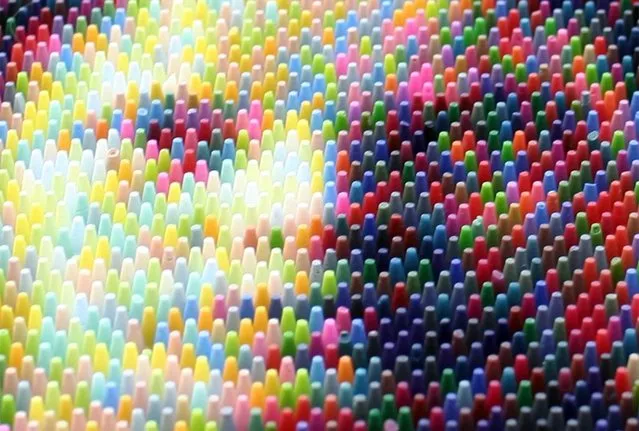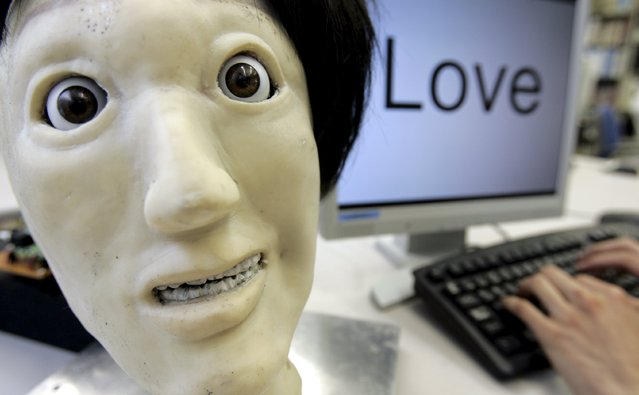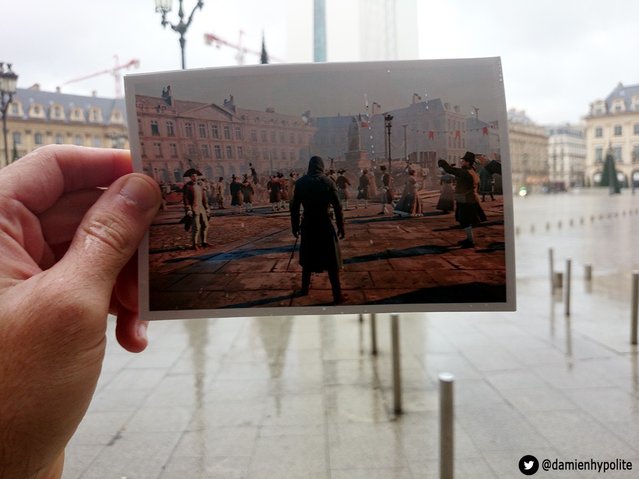
Assassin’s Creed is a game that is set in the past with the main character’s subconsciousness traveling through the fabric of time to acquire hidden knowledge. The level designers of Assassin’s Creed Unity have meticulously recreated the streets of 1789 Paris to allow the users to become completely engulfed by the atmosphere of this proud and ancient city. Each year, games are becoming more and more realistic, and soon the line between movie footage and computer generated world will completely blur. This is both scary and exciting prospect, yet there is no doubt that someday, virtual world will be indistinguishable from the real one. To illustrate this, Damien Hypolite has taken a series of photos which compare scenes from Assassin’s Creed to the real placed in modern Paris. (Photo by Damien)
15 Dec 2014 11:03:00,post received
0 comments

